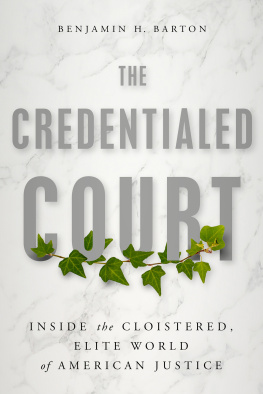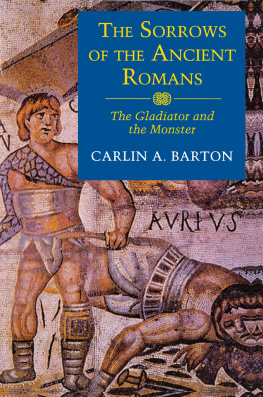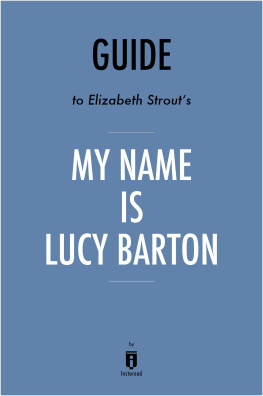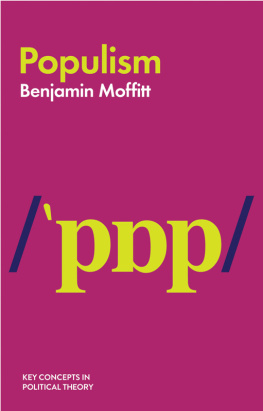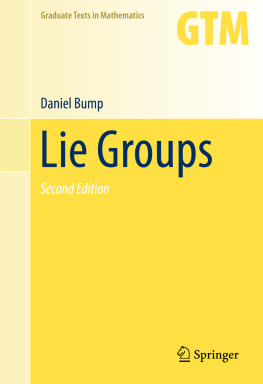Benjamin H. Barton - Fixing Law Schools: From Collapse to the Trump Bump and Beyond
Here you can read online Benjamin H. Barton - Fixing Law Schools: From Collapse to the Trump Bump and Beyond full text of the book (entire story) in english for free. Download pdf and epub, get meaning, cover and reviews about this ebook. year: 2019, publisher: NYU Press, genre: Business. Description of the work, (preface) as well as reviews are available. Best literature library LitArk.com created for fans of good reading and offers a wide selection of genres:
Romance novel
Science fiction
Adventure
Detective
Science
History
Home and family
Prose
Art
Politics
Computer
Non-fiction
Religion
Business
Children
Humor
Choose a favorite category and find really read worthwhile books. Enjoy immersion in the world of imagination, feel the emotions of the characters or learn something new for yourself, make an fascinating discovery.

- Book:Fixing Law Schools: From Collapse to the Trump Bump and Beyond
- Author:
- Publisher:NYU Press
- Genre:
- Year:2019
- Rating:5 / 5
- Favourites:Add to favourites
- Your mark:
- 100
- 1
- 2
- 3
- 4
- 5
Fixing Law Schools: From Collapse to the Trump Bump and Beyond: summary, description and annotation
We offer to read an annotation, description, summary or preface (depends on what the author of the book "Fixing Law Schools: From Collapse to the Trump Bump and Beyond" wrote himself). If you haven't found the necessary information about the book — write in the comments, we will try to find it.
Fixing Law Schools: From Collapse to the Trump Bump and Beyond — read online for free the complete book (whole text) full work
Below is the text of the book, divided by pages. System saving the place of the last page read, allows you to conveniently read the book "Fixing Law Schools: From Collapse to the Trump Bump and Beyond" online for free, without having to search again every time where you left off. Put a bookmark, and you can go to the page where you finished reading at any time.
Font size:
Interval:
Bookmark:
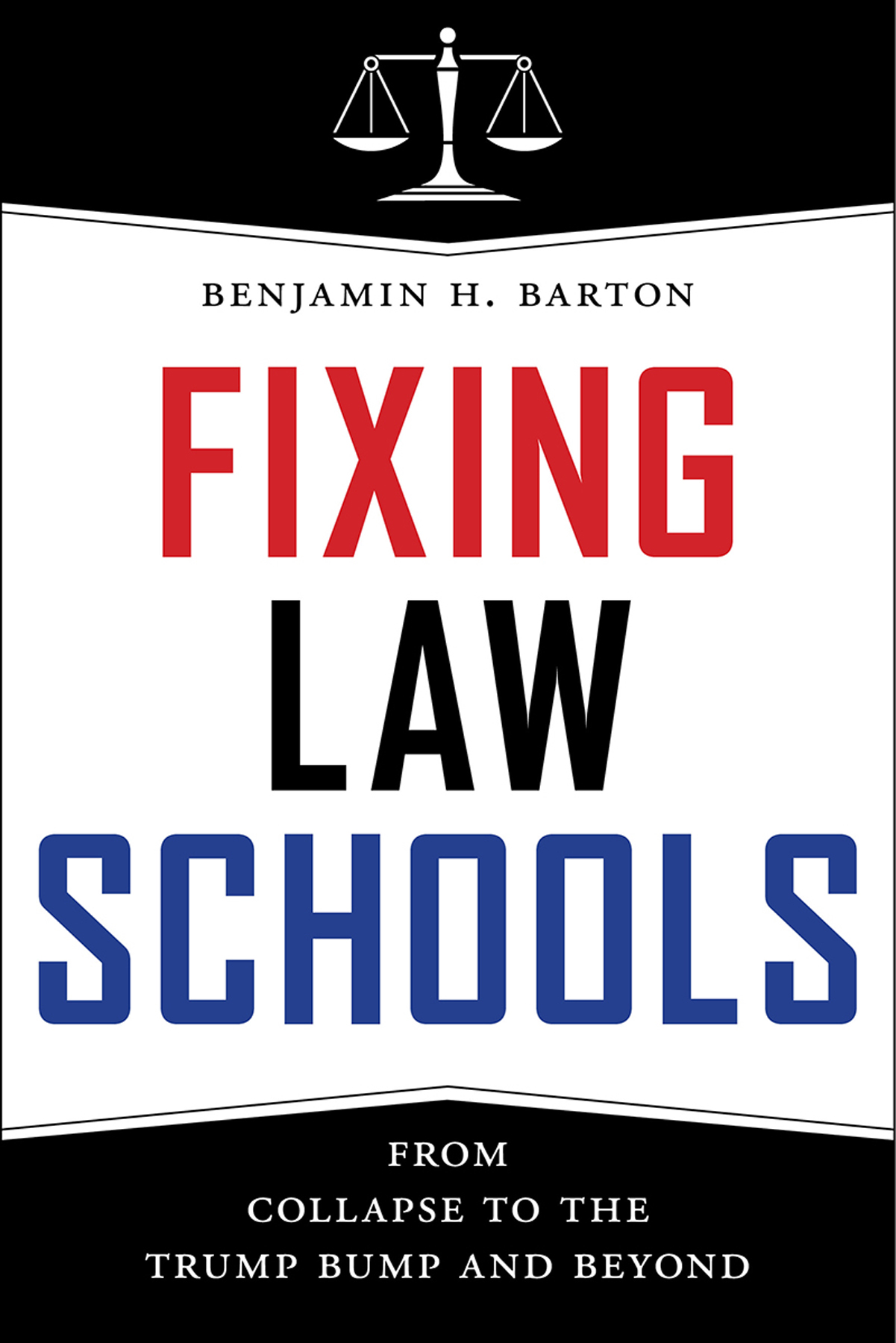
FIXING LAW SCHOOLS
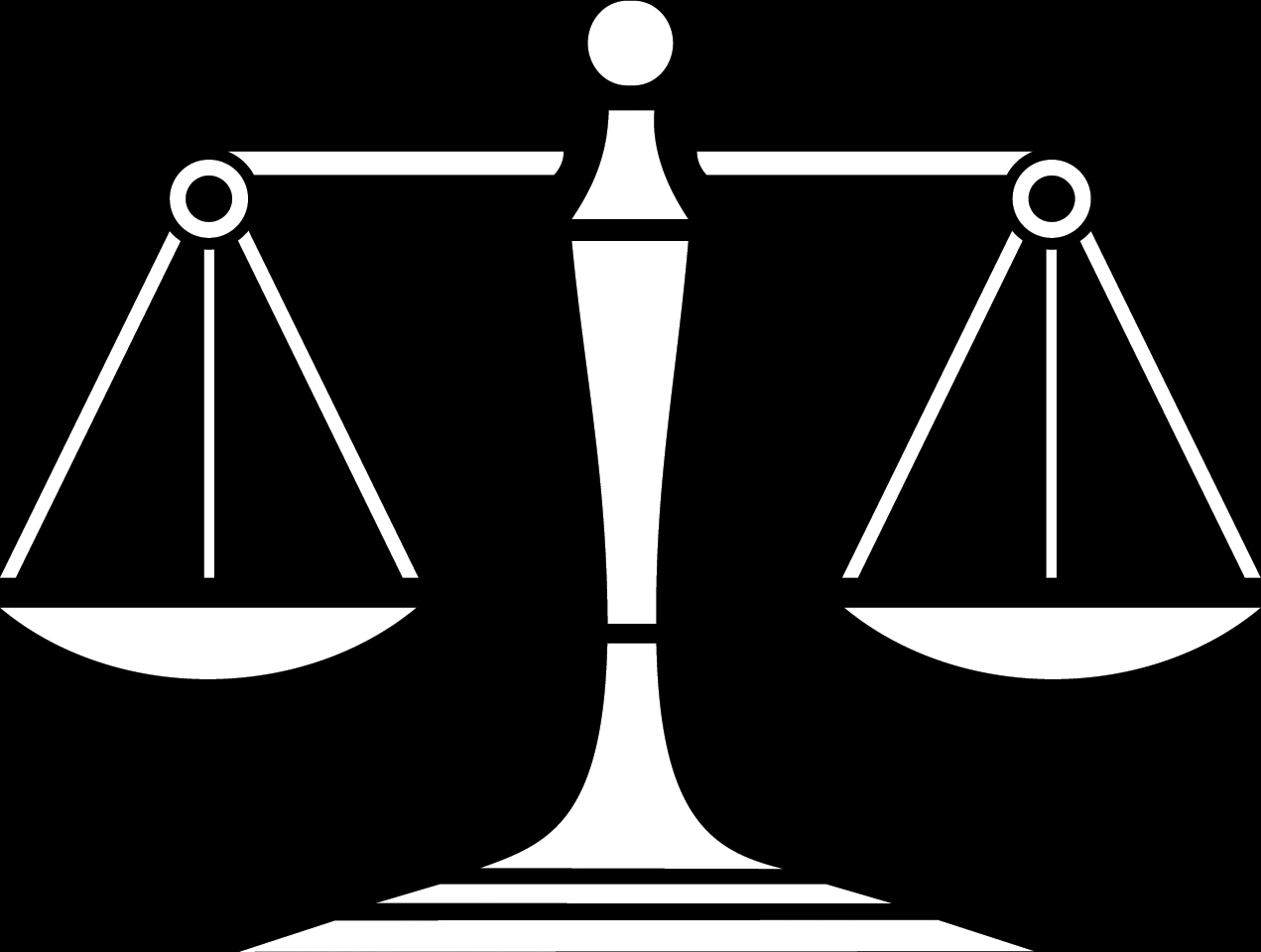
FIXING LAW SCHOOLS
FROM COLLAPSE TO THE TRUMP BUMP AND BEYOND
BENJAMIN H. BARTON

NEW YORK UNIVERSITY PRESS
New York
NEW YORK UNIVERSITY PRESS
New York
www.nyupress.org
2019 by New York University
All rights reserved
References to Internet websites (URLs) were accurate at the time of writing. Neither the author nor New York University Press is responsible for URLs that may have expired or changed since the manuscript was prepared.
Library of Congress Cataloging-in-Publication Data
Names: Barton, Benjamin H., 1969 author.
Title: Fixing law schools : from collapse to the Trump bump and beyond / Benjamin H. Barton.
Description: New York : New York University Press, [2019] | Includes bibliographical references and index.
Identifiers: LCCN 2019004716 | ISBN 9781479866557 (cl : acid-free paper) | ISBN 1479866555 (cl : acid-free paper)
Subjects: LCSH: Law schoolsUnited StatesHistory21st century. | Law schoolsUnited StatesFinance. | LawStudy and teachingUnited States. | LawVocational guidanceUnited States.
Classification: LCC KF 272 . B 37 2019 | DDC 340.071/173dc23
LC record available at https://lccn.loc.gov/2019004716
New York University Press books are printed on acid-free paper, and their binding materials are chosen for strength and durability. We strive to use environmentally responsible suppliers and materials to the greatest extent possible in publishing our books.
Manufactured in the United States of America
10 9 8 7 6 5 4 3 2 1
Also available as an ebook
CONTENTS
INTRODUCTION
THE LOST DECADE
In 1887 an intrepid group of Quakers founded the town of Whittier, California, in a lovely spot tucked in between Los Angeles and Anaheim. That same year they also founded the Whittier Academy, which eventually became Whittier College. Both the town and the school were named after the Quaker poet and abolitionist John Greenleaf Whittier. From these humble origins Whittier College was born. Whittier is no longer formally associated with the Society of Friends but is still Quaker adjacent in its spirit. Its website proclaims that the College remains proud of its Quaker heritage and deeply committed to its enduring values, such as respect for the individual, fostering community and service, social justice, freedom of conscience, and respect for human differences.
Whittier Colleges most famous alumni are Richard Nixon and the Quaker novelist Jessamyn West. The schools sports teams are called the Poets after John Greenleaf Whittier, and their mascot is a running fountain pen toting, Johnny Poet. It is unclear how the actual poet Whittier would have felt about this likeness, but given the contemporary photos of an unsmiling and uncompromising lifelong warrior against slavery who also suffered from intermittent poor health, lets guess that Whittier might have mixed feelings.
It does seem likely that Whittier would be pleased with the college as a whole though. Whittier remains a relatively small school, with an undergraduate enrollment of 1,615 students in 2016 and boasting a twelve-to-one student-faculty ratio. It is a school that treasures its intellectual and moral heritage, as well as its namesake.
Unless you have closely followed American law schools, you may be wondering why this book starts by discussing Whittier College (let alone the poet Whittier). It is because Whittiers law school is exhibit A for the lost decade that law schools suffered from 2008 to 2018. On April 14, 2016, Whittier Law School celebrated its fiftieth anniversary.

Whittiers Mascot Johnny Poet.
Whittier Law School started as the Beverly College School of Law in Los Angeles in 1966. In the boomtown Los Angeles of the 1960s, there was a significant and unmet demand for a school like Beverly, and its role in advancing nontraditional and underrepresented lawyers was salutary and necessary.
Whittier College purchased Beverly in 1975. From the outset, Whittier hoped to operate a law school that fit its educational mission. Beverly College School of Law was a night school. After Whittier took over, the law school graduated its first day class in 1976, the first of many moves meant to up the law schools academic profile, while still maintaining its original mission of diversifying the legal profession and offering a leg up to its graduates.
Beverly operated without accreditation by the American Bar Association Section of Legal Education and Admissions to the Bar (ABA). Then and now, ABA accreditation carried important psychological and logistical advantages. Most American states require graduation from an ABA-accredited law school to sit for the bar (California is a notable exception, thus the existence of the Beverly College School of Law). Moreover, any law school that aspires to any kind of academic footprint eventually seeks ABA accreditation.
In 1978, the ABA granted Whittier Law School provisional accreditation. Full ABA accreditation came in 1985. Whittier gained membership in the Association of American Law Schools (AALS) in 1987.
As of the mid-1980s Whittier Law School looked poised to succeed. It was the first ABA-accredited law school in the booming Los Angeles suburbs of Orange County, California. But by the 1990s and early 2000s, the ABA was warning the school about low bar passage rates.
Whittier promptly sued, claiming that the ABAs enforcement of the standard violated due process and was too vague.
But the probation period itself was quite costly. Whittier lost twelve full-time faculty members, and enrollment dropped from 1,000 to 600. For these two years Whittier looked as if it was going to be able to thread the needle and deliver on the promise of both Beverly College and Whittier College: it was admitting a diverse class of traditionally underrepresented students and preparing them for success on the bar.
Unfortunately, the bottom fell out again after 2013, and first-time bar passage rates in July 2016 fell to an unimaginably awful 22 percent. This was the worst bar passage rate in the State of California among ABA-accredited schools and a low-water mark even for a school that had a spotty record of bar passage.
The July 2016, results were likely at least partially due to falling admissions standards implemented during the great law school application collapse of the post-2011 period. In 2010, the median Law School Admission Test (LSAT) score for Whittiers incoming class was 152, and its median undergraduate grade point average (GPA) was 3.02. By 2016, those numbers had fallen to 146 and 2.85.
Despite these declines in admissions standards, the entering class size shrunk from 303 to 132 over the same period. Whittier was hardly alone: the collapse in student credentials and class sizes across law schools over this period are a theme of this book. But note Whittiers hardship. Between 2010 and 2016, Whittier moved to an almost open admissions schema by lowering LSAT and GPA targets substantially, and their first-year enrollment still fell by more than half!
Font size:
Interval:
Bookmark:
Similar books «Fixing Law Schools: From Collapse to the Trump Bump and Beyond»
Look at similar books to Fixing Law Schools: From Collapse to the Trump Bump and Beyond. We have selected literature similar in name and meaning in the hope of providing readers with more options to find new, interesting, not yet read works.
Discussion, reviews of the book Fixing Law Schools: From Collapse to the Trump Bump and Beyond and just readers' own opinions. Leave your comments, write what you think about the work, its meaning or the main characters. Specify what exactly you liked and what you didn't like, and why you think so.

